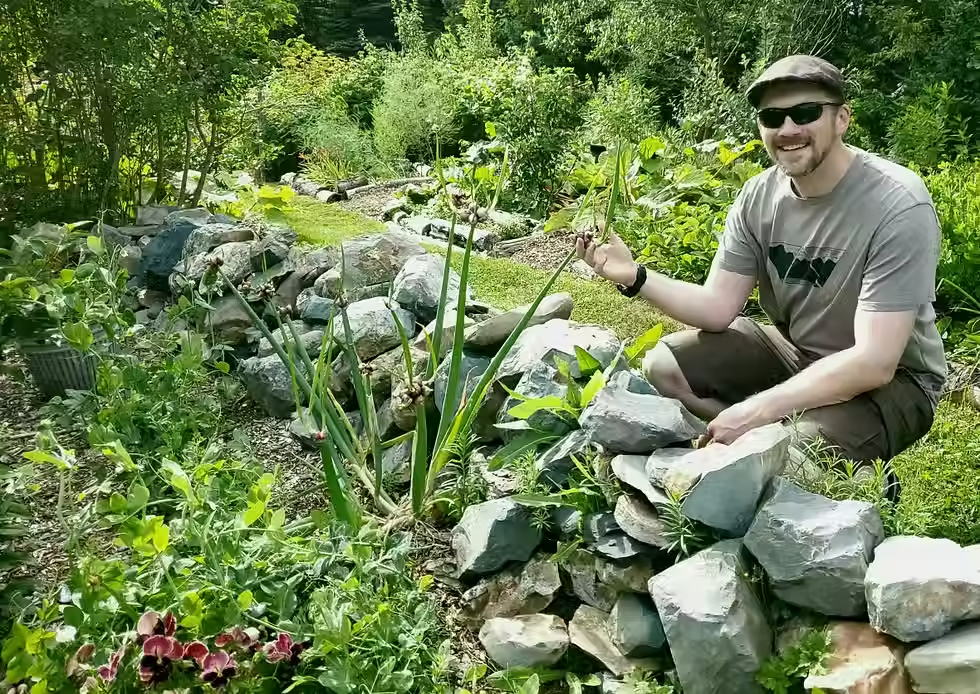How to Create a Food Forest
- Shawn Dawson
- May 1
- 2 min read
Updated: May 8

Creating and designing a multi-storied Food Forest is a sustainable, environmentally friendly way of growing food that allows you to optimize space, reduce or eliminate the need to fertilize, minimize weeding, attract pollinators, pest control, water conservation, reduce maintenance and create a beautiful space all while increasing bio-diversity.
One of the first steps to creating a food forest in your desired space is to observe your surroundings. Get familiar with the land and observe what the water flow is like and how it drains, what native trees and plants if any are already on the property, what insects or animals are present, what the soil conditions are like, and the exposure to the sun and predominate winds.
After you get to know your land and have studied the surroundings, you can start the fun part, designing your food forest and deciding what plants you want to grow. Native perennial plants from your area are always a good choice, but you are not limited to those. It's good to think about the fruit, vegetables, and herbs your family eats a lot of.
Once you have studied the land and find out which areas get the most sun, and after you have acquired the plants you want to grow, you can start planting.
If your soil quality or soil depth in your location are poor, you will want to add some good soil and compost to meet the needs of the plants you are planting.
If you do not have running water or an existing water source, you will need to start harvesting rain water. Very important, in the early stages of planting or transplanting, is regular watering until your plants have become established.
When preparing your area, you may need to remove grass or other unwanted plants that will compete with what you will be planting. Heavy mulching can be a great solution to deal with competing or unwanted weeds that can choke out the crops you're attempting to grow.
Start by planting your larger, taller trees along the back or border, then gradually plant smaller plants while making sure that what you have planted is not shading what you plant behind it. Some things you want to grow could be shade tolerant or even enjoy shade at certain times of the year and can be planted behind taller plants. But, for the most part, make sure you're not shading out what you are later planting.
Many of the trees in the canopy and sub-canopy layers of your food forest will take years to mature and you can take advantage of the earlier extra sunlight and space by planting annual crops beneath these trees as they grow.
.png)


Comments